
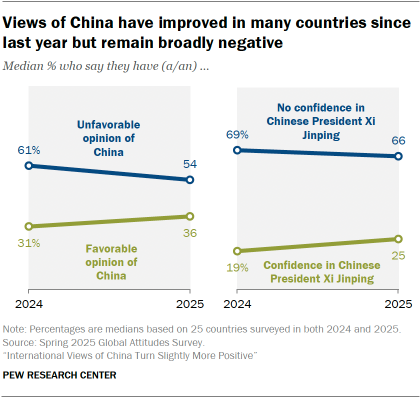
What is a median?
In this analysis, median scores are used to help readers see overall patterns in the data. The median percentage is the middle number in a list of all percentages sorted from highest to lowest.
The share of people with a favorable view of China has increased since last year in 15 of the 25 countries Pew Research Center surveyed this spring. In most of these countries, this is the first time since 2020 that views of China have turned more positive. After the COVID-19 pandemic began, opinions of China in some places reached historic or near-historic lows in survey data going back nearly two decades.
Confidence in Chinese President Xi Jinping to do the right thing regarding world affairs has also increased in many countries surveyed.
Despite these changes, views of China and Xi remain broadly negative:
- A median of 36% of adults across the 25 countries surveyed have a favorable view of China, while 54% have an unfavorable view.
- A median of 25% have confidence in Xi, compared with 66% who have little or no confidence in him.
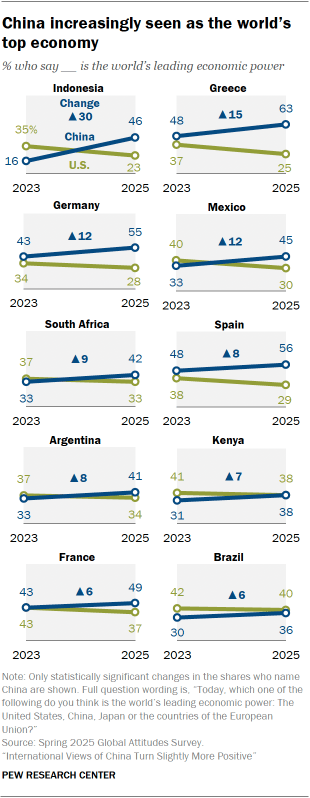
While the balance of opinion is negative overall, views of China and Xi vary significantly across the countries surveyed. China and its president receive much more positive marks in the nine middle-income countries surveyed than in the 16 high-income ones.
Jump to Chapter 3 to read more about views of China and Xi in middle-income countries.
Though views of China and Xi have improved in most surveyed countries since last year, the opposite is true for the United States and President Donald Trump. Today, international views of the two superpowers and their leaders are closer than they have been at any point since 2020.
Related: Views of the U.S. have worsened while opinions of China have improved in many countries
Against this backdrop, more people globally see China as the world’s leading economic power now versus when we last asked in 2023. Today, a median of 41% of adults across the countries surveyed see China as the world’s top economy, while roughly the same share (39% median) give that title to the U.S. This is a marked departure from two years ago, when considerably more people saw the U.S. than China as the world’s leading economy.
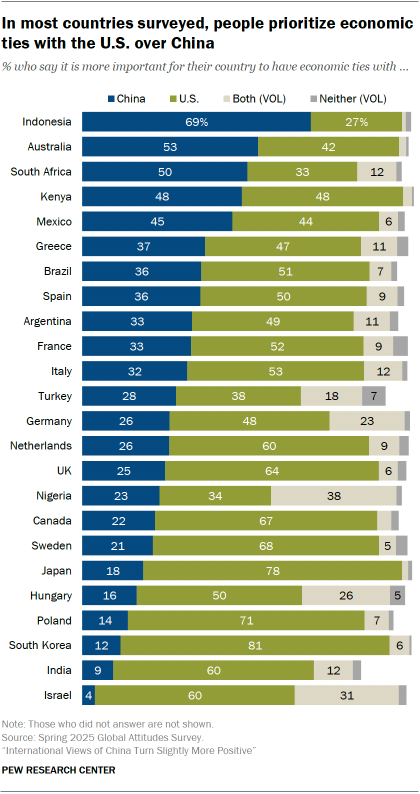
Despite the growing sense that China is the world’s top economy, people in nearly all countries surveyed prioritize strong economic ties with the U.S. over China.
This is the case even though the share of people who prioritize economic ties with China has grown in more than half of the countries where we’ve asked this question before. In Mexico, for instance, 45% of adults now say it’s more important for their country to have strong economic ties with China than with the U.S., up from 37% in 2019 and 15% in 2015.
Some of this movement may be related to confidence (or lack of confidence) in Trump to handle global economic problems. In most nations surveyed, people with less confidence in Trump on this issue are more likely to prioritize strong economic ties with China.
These are some of the key findings from a new Pew Research Center survey of more than 30,000 people in 25 countries conducted Jan. 8-April 26, 2025. Fieldwork in every country except Indonesia began after Trump’s second-term inauguration. Most interviews were conducted before Trump announced sweeping global tariffs on April 2. Refer to Appendix A for more information on our survey fieldwork timeline.
Attitudes toward China in middle-income nations
Our survey takes a close look at attitudes toward China, as well as the U.S., in nine middle-income countries.
Investment from China and the U.S.
Around half of adults or more in nearly every middle-income country we surveyed – except Argentina and India – see investment from China as good for their nation. And the share who express this view has increased substantially since 2019 in Turkey (+20 percentage points), Indonesia (+18), Kenya (+11) and India (+9). It has decreased considerably in Nigeria (-18).
We also asked people about investment from the U.S. In Indonesia, Mexico, South Africa and Turkey, more people describe investment from China as good for their country than say the same about U.S. investment. By contrast, people in India are more likely to see U.S. than Chinese investment as good.
Problems in bilateral relations with China
People in many of the middle-income countries surveyed say there are serious problems in their nation’s relationship with China. For example, majorities across all nine call the amount of debt their country owes to China at least a somewhat serious problem. And in Brazil, Indonesia, Kenya and Nigeria, half or more call this a very serious problem.
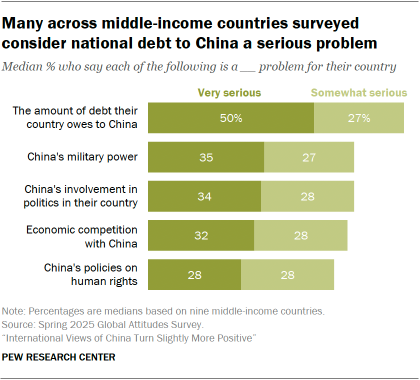
Many people in these nations also see several other issues as problematic. These include China’s military power, its involvement in their country’s politics, its economic competition and its human rights policies. Brazilians and Indonesians tend to be especially concerned about each of these issues.
Still, with the exception of India, people in these countries see many of the same problems in their relations with the U.S. For example, 65% of South Africans say U.S. policies on human rights are a very or somewhat serious problem; 56% say the same about Chinese policies on human rights. (The South African survey was conducted after Trump signed an executive order halting U.S. aid to South Africa but before a group of White Afrikaners arrived in the U.S. as refugees. The survey was also conducted before South African President Cyril Ramaphosa met with Trump at the White House.)
Related: How people in 9 middle-income countries see relations with the U.S., China
China as an ally or a threat
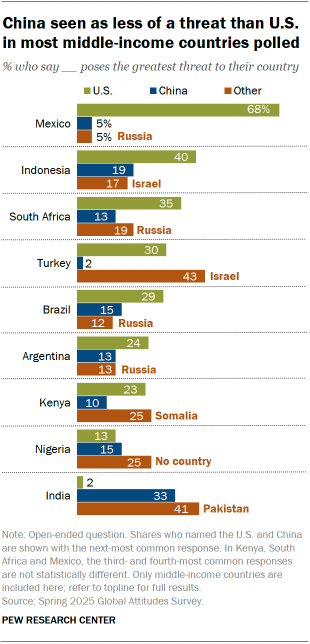
We also asked respondents to name (in an open-ended question) their country’s most important ally and greatest threat.
China is not seen as the top threat in any of the middle-income countries surveyed. The U.S., however, is the most commonly named threat in Argentina, Brazil, Indonesia, Mexico and South Africa – sometimes by a wide margin.
Meanwhile, South Africans and Indonesians both name China as their country’s top ally.
In all three Latin American countries surveyed (Argentina, Brazil and Mexico) the U.S. is the most frequently named ally.
Jump to Chapter 4 to read more about views of top allies and threats.
Related: People in Many Countries Consider the U.S. an Important Ally; Others See It as a Top Threat
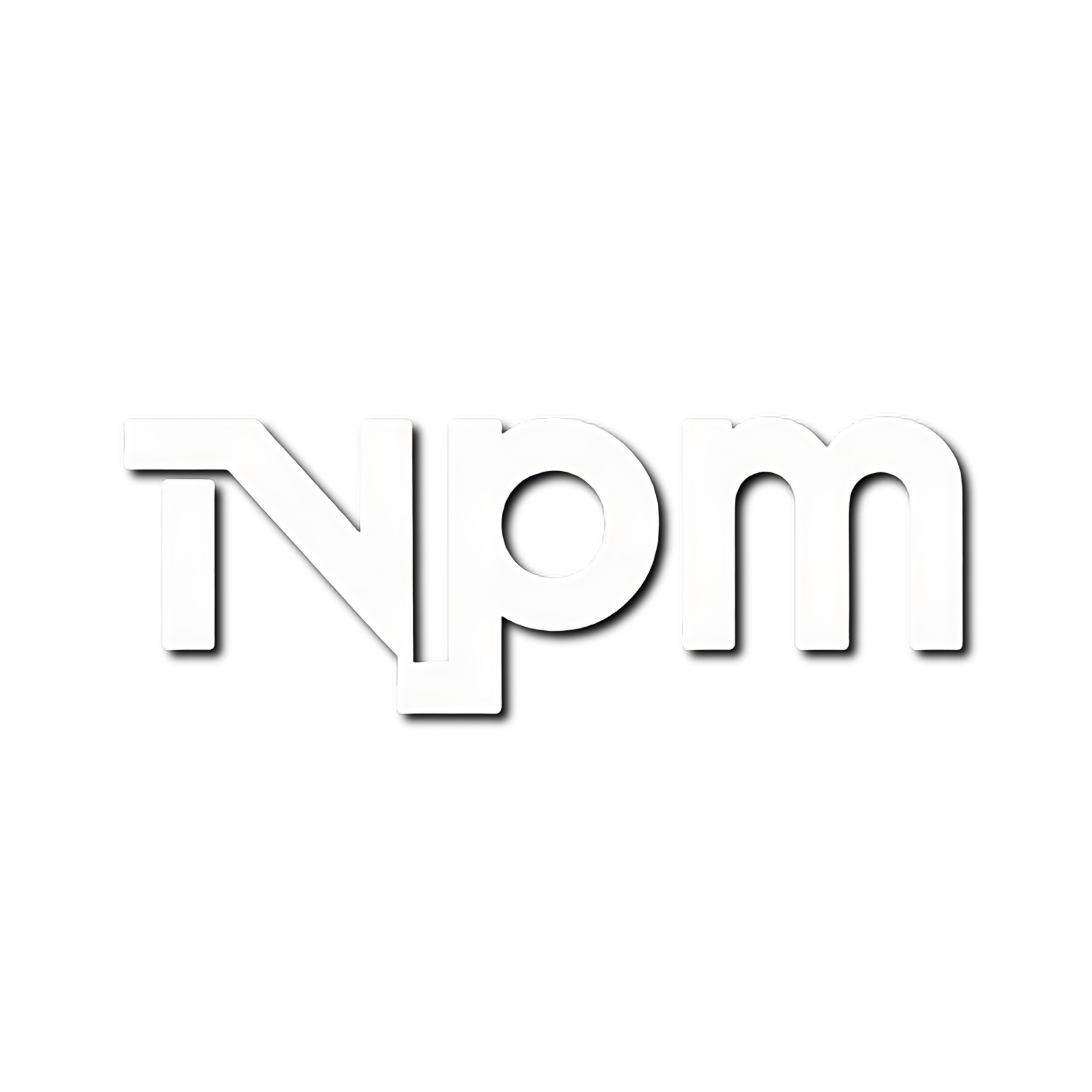
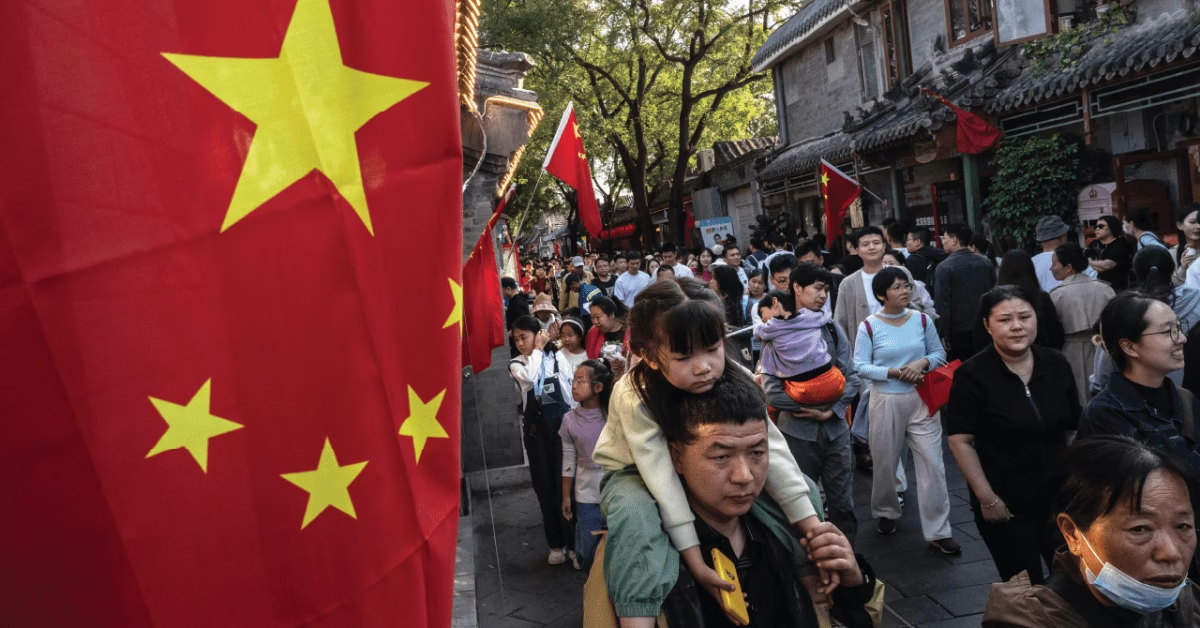

Leave a Reply